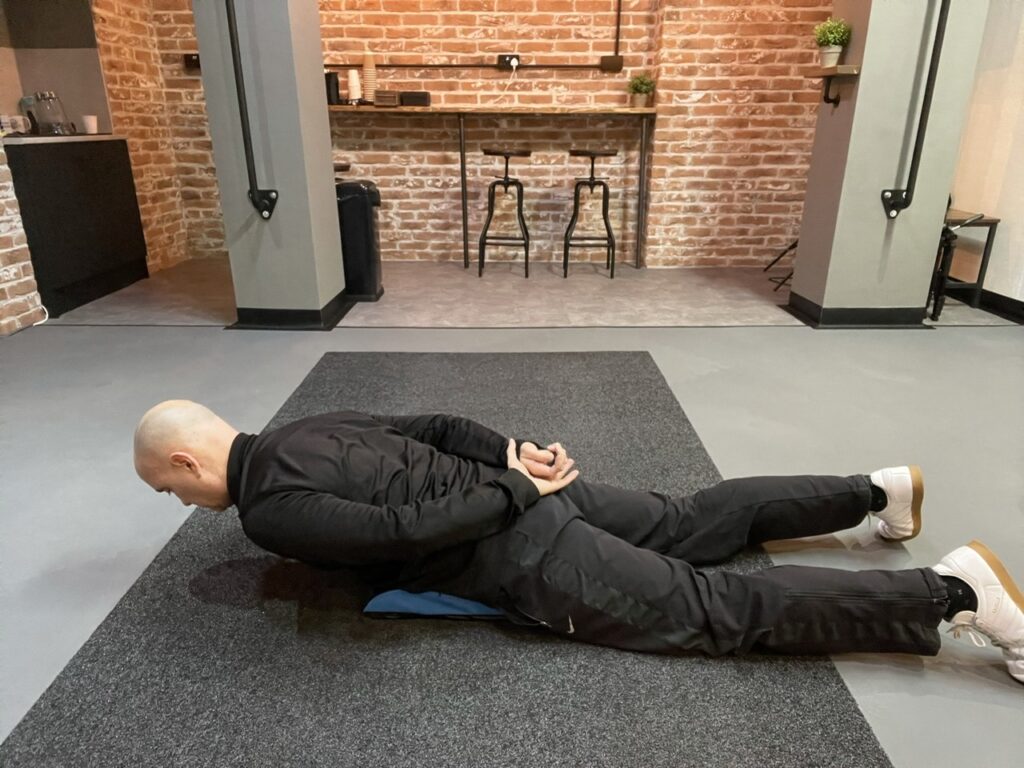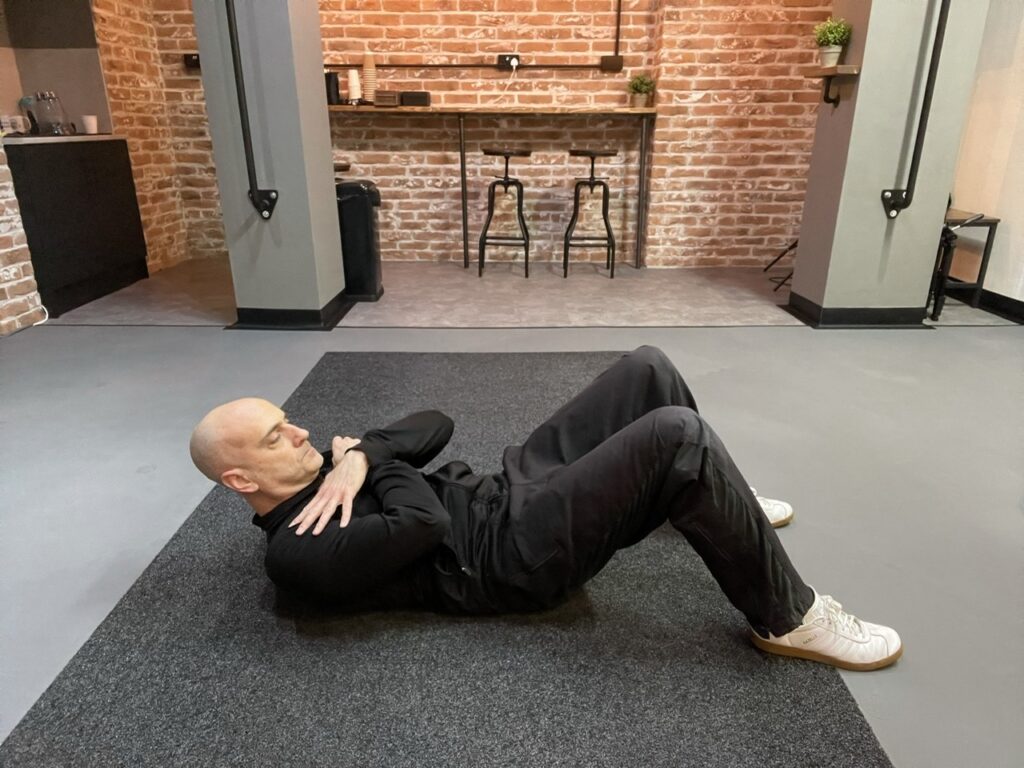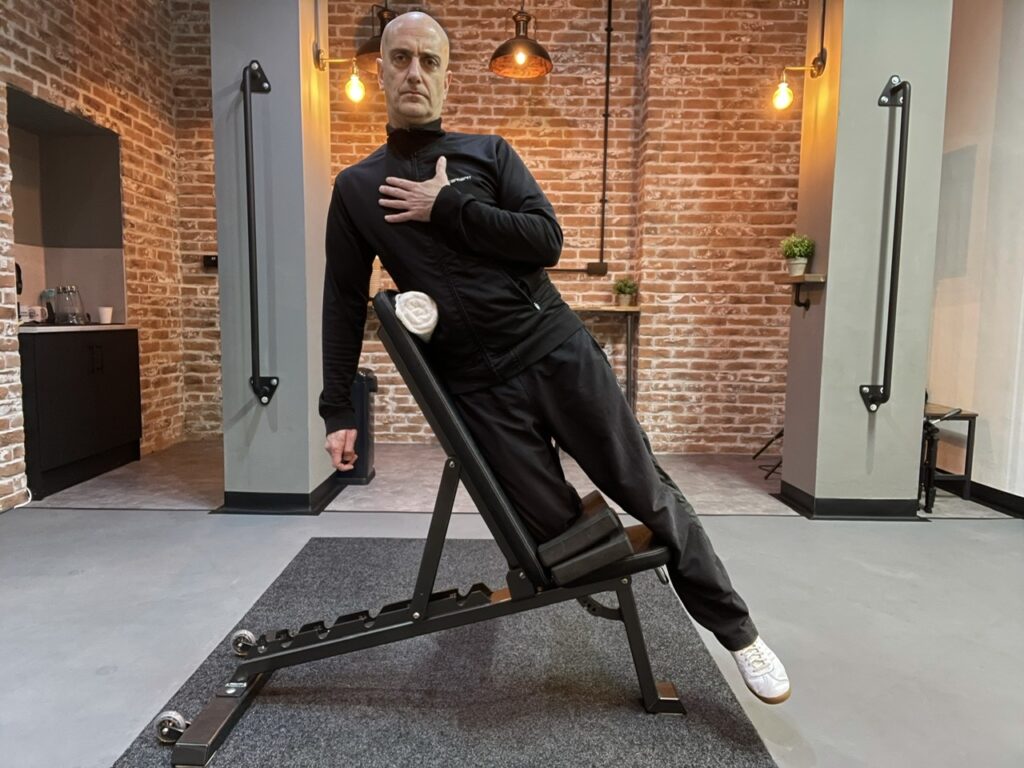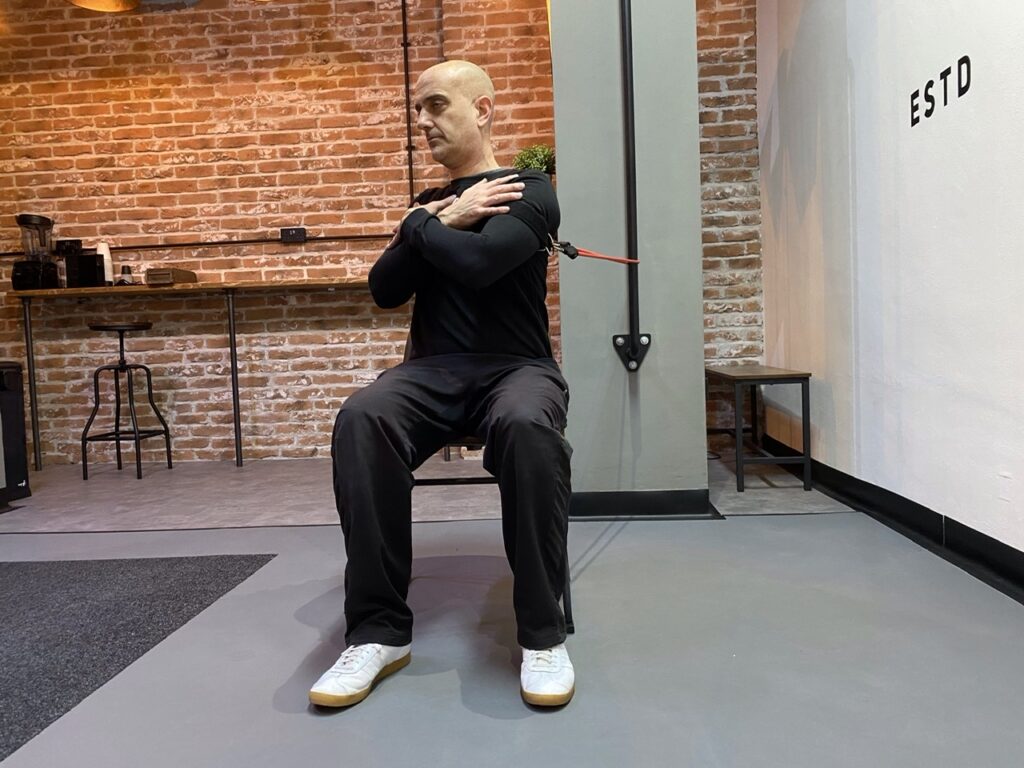In this post we look at why the plank is not the best core exercise and give you other more effective options.

At a glance
The plank isn’t just a core exercise — it works the ankles, knees, hips, shoulders, and neck.
It mainly trains the anterior trunk muscles (abs), not the full core or back extensors.
Involves isometric contractions, so strength gains are limited to one range.
The trunk moves in multiple directions — static planks miss this.
For back pain, focus more on strengthening the spinal extensors instead.
Better options: involve movement — flexion, extension, side bend, and rotation.
Introduction
There you are, on your elbows again staring at the floor. Have you every wondered what you’re achieving with a plank?
When I ask most people they usually say ‘training my core.’
Whilst there’s no precise definition of what the core actually is, in broad terms you can think of it as the muscles that make up your torso.
So does the plank train your core?
Let’s assess it from an exercise mechanics perspective to see which muscles are involved.
Ankle (talocrural joint)
If you’re performing a plank with your feet on the floor, there’s a contribution from the muscles that plantarflex your ankle joint. The gastrocnemius and soleus (calf muscles) will contract to hold your ankle stable and keep you on your toes.
Also recognise that your toes are being forced back into full extension. You may find this uncomfortable, particularly if you don’t have muscular control of this position.
Knee (tibiofemoral and patellofemoral joint)
When you come out of a plank, your knees bend and fall to the floor.
This gives you an indication that your knee extensors (quadriceps) are working to keep your knees straight during the exercise.
The plank therefore is also a quadriceps exercise.
Hip joint
Imagine you were attempting to collapse a bridge. Where would you push? In the middle right?
This is the weakest point because it’s the furthest away from the supports at either end.
Likewise as your hip joints sit in the middle of a plank, you can presume the muscles that control these joints are working hard.
And which direction do your hips go if there isn’t enough muscular tension to hold the position?
They’re pushed into extension as your pelvis falls to the floor.
So your hip flexors are working hard to maintain the plank position.
Lumbar and thoracic spine
Presuming that you’re performing your plank on Earth, gravity is the force that you’re fighting against.
In the plank position, gravity is trying to extend both your lower back and your upper back. The muscles that bring your spine into flexion are therefore working to prevent this.
These include the rectus abdominis (six pack muscle) and both the internal and external obliques.
Shoulder (scapulothoracic joint)
If your elbow is placed directly under your glenohumeral joint (where your arm connects to your shoulder), then gravity is acting to push your shoulder blades into retraction (forcing them together).
The muscles that protract your shoulder blades are therefore working to resist this.
Cervical spine
Unless you choose to rest your head on the floor (not recommended), your cervical spine extensors are contracting to keep your head in position. These include upper trapezius and levator scapulae.
So what does all this mean?
You can clearly see the plank isn’t just a core exercise.
In fact many people will experience the greatest challenge in their hips, shoulders or neck.
Not only that, it’s only really challenging a specific part of the core. Mainly the muscles that sit at the front of your trunk, the abdominals.
You’ll see plenty of articles that suggest the plank works the muscles of the lower back, but this is a fundamental misunderstanding of exercise mechanics.
It’s rather like calling a bicep curl a decent challenge for the triceps. The spinal extensors sit on the other side of the axis.
If they were to meaningfully contract then your pelvis would be pushed towards the floor.
Isometric muscle contractions
Due to its static position, the plank only requires an isometric contraction of the involved muscles.
Whilst isometric contractions have many uses, the disadvantage is that your strength gains will only occur in a specific part of the muscle’s operating range.
If you find yourself in a different position, you’ll be weaker.
It’s like erecting a flag pole and only securing it with a single rope. If the wind comes from one particular direction you’re set. If it comes from any other, the flag is falling over.
The trunk moves in multiple directions
Proponents of the plank claim that the muscles of the trunk are primarily involved in preventing motion rather than creating it. Hence training them in a static position is ideal.
If you’ve ever walked, run or bent over to pick up a pen from the floor, you’ll understand this is nonsense.
Additionally, if you’re only ever training one aspect of your trunk in a small operating range, then you’re missing out.
Your trunk is capable of flexion, side bend, extension and rotation. If you choose not to train these motions, you’re limiting your gains.
Back pain
If you’re using the plank to help alleviate back pain then, put simply, you may be focusing on the wrong side of the axis.
It has been shown that back pain is associated with weakness in the muscles that extend the spine.
Just as working on your quadriceps won’t have much impact on your hamstring strength, focusing on the muscles that flex your spine won’t help the muscles that extend it.
So what other exercises could you use?
As we’ve already discussed, your trunk moves in multiple directions. It makes sense to train each of them. Below are exercises for spinal extension, flexion, side bend and rotation.
Spinal extension

The muscles that extend your spine can be affected by back pain and may even contribute to it. In the unlikely event you’ve never suffered an incidence of back pain, they’re still worth training.
Use a Bosu ball or similar to encourage a small amount of spinal flexion, before using the muscles of your back to extend out of the position.
Try to reduce the contribution of your hamstrings and glutes by relaxing them as much as possible. This will result in a more isolated challenge to the spinal extensors.
Spinal flexion

Training spinal flexion has been demonised by some and may even be the reason why you’re using a plank.
This is largely due to the work of Dr Stuart McGill, who has suggested that repeated spinal flexion may be injurious to the discs of the spine.
Whilst this is a blog post if its own, it’s safe to assume that spinal flexion, when trained under control, is not in itself dangerous. You can find a detailed discussion of this topic here.
Have your feet flat on the floor with your knees bent. Focus on bringing the bottom of your rib cage down towards your pelvis.
Move slowly and with control throughout.
Side bend

Side bend or lateral trunk flexion occurs every time you walk or run. This motion involves both the trunk flexors and extensors.
Training each side in this way is useful for highlighting differences between the two.
Use an incline weight bench with a small towel placed between your rib cage and pelvis on the non working side.
Focus on bringing the lateral aspect of your rib cage down and in towards your pelvis.
Rotation

Although rotation of your trunk occurs in everyday life, it becomes particularly important to train this motion if you participate in racquet or throwing sports.
You may be lucky enough to have a rotary torso machine in your gym. If you don’t you can build an equivalent exercise using a cable machine, or a resistance band as shown above.
Ensure the resistance doesn’t take your trunk into a position of rotation that you can’t achieve by yourself.
Keep the motion slow and controlled throughout.
Summary
The plank shouldn’t be thought of as a gold standard exercise for your core. In fact it only targets one particular aspect of the core and even then in a narrow operating range.
Additionally, because it challenges multiple joints, weakness elsewhere may limit its effectiveness.
It can provide a useful stimulus to the anterior trunk muscles at the beginning of an exercise programme, but for greater gains look to add motion.